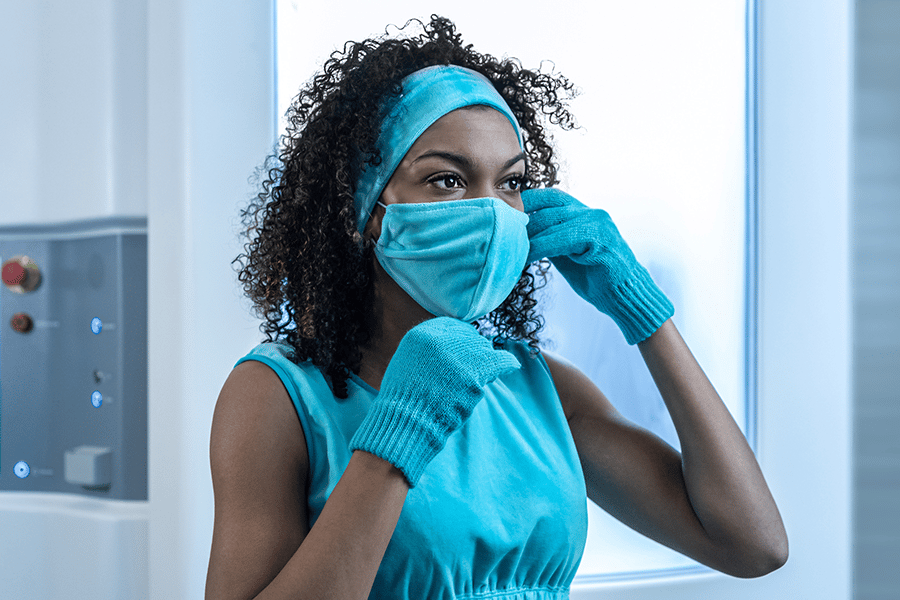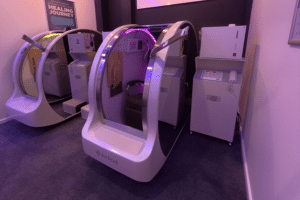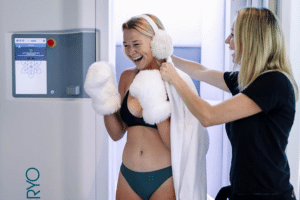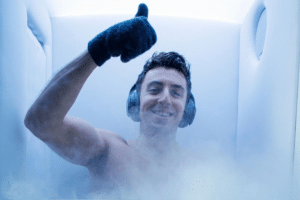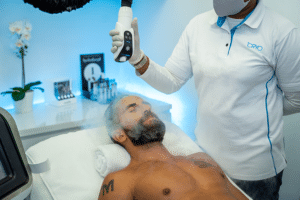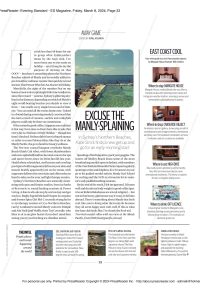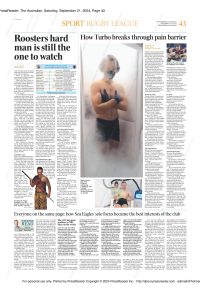Biohacking has recently become a popular trend worldwide, especially for those who are looking for alternative methods for DNA sequencing and improving healthcare services. Specifically, many people are now turning to cryotherapy as a potential benefit for a wide range of health applications, including biohacking – something which has captured the attention of many Aussies.
What is Cryotherapy?
Cryotherapy is a treatment that involves exposing the body to extremely cold air in a controlled environment known as a cryochamber or cryosauna. This therapeutic intervention has been used in the past to treat sports injuries, reduce inflammation and pain among patients with rheumatism, and generally improve the quality of life of those who use it.
Biohacking: An Emerging Trend
Biohacking is an experiment driven by science and technology to find different ways of improving our own health and wellbeing. This is in contrast to computer hacking that is focused on altering computer systems. In biohacking, the scope is much broader, as it looks at not just genetic make-up but also environment and other factors that may have an effect on our body.
The Benefits of Cryotherapy for Biohacking
One of the pioneers of biohacking is American entrepreneur David Asprey. His aim is to stay healthy and live to 180 years old, and to do this he has set up his own biohacking laboratory in Victoria, Canada. This laboratory consists of various pieces of equipment, one of which is a cryotherapy chamber.
The efficacy of cryotherapy as a means of biohacking has been studied by many researchers. A study published in a Polish journal investigated the effects of 10 sessions of 3-minute whole body cryotherapy with temperatures between -120 degrees Celsius and above, and found that it could reduce oxidative stress. Oxidative stress leads to the production of free radicals, and is linked to a variety of diseases such as cardiovascular diseases, diabetes, cancer, and autoimmune diseases.
Another study looked at its effect on the levels of pro- and anti-inflammatory cytokines in healthy individuals. It was found that after 20 sessions of 3-minute cryostimulations per day, the level of anti-inflammatory cytokines IL-6 and IL-10 increased and the level of Il-1a cytokine decreased.
The Impact of Cryotherapy on Biohacking
The potential benefits of cryotherapy on biohacking are manifold. Aside from its pain-relieving and inflammation-reducing effects, it also has an immunostimulating effect related to increased noradrenaline response, as well as paracrine effects. And its potential to reduce oxidative stress and inflammation means that the threat of developing certain diseases can be reduced – contributing significantly to longevity.
Conclusion
In conclusion, cryotherapy has the potential to be a significant contributor to the emerging trend of biohacking in Australia. Its pain-relieving and anti-inflammatory properties, its immunostimulating potential, and its potential to reduce oxidative stress and inflammation are just some of its benefits to achieving optimum health outcomes. Ultimately, its use in biohacking may help to reduce the cost of research and development, and create accessible and cheap laboratory equipment and methods.

